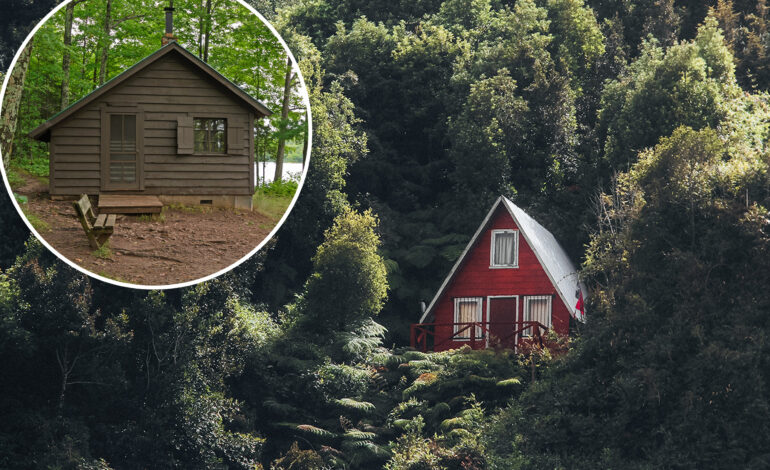Off-Grid Living Emerges as a Strong Housing Trend Amid Rural Mortgage Surge

Interest in off-grid living has surged recently, appealing to a diverse range of homebuyers from digital nomads to families seeking a simpler lifestyle. Modern homesteaders are increasingly drawn to rural areas, where self-sufficient living becomes a feasible option. This trend has been particularly pronounced since the COVID-19 pandemic, which has altered work patterns and housing preferences across many regions.
According to Theresa Lunn, broker and owner of United Country Real Estate-Western Montana Group, the demand for homesteads and rural properties has grown significantly. Lunn, who has nearly two decades of experience selling properties in Western Montana, highlights a shift in her clientele. An increasing number of young families and remote-working professionals are now prioritizing self-sufficiency and space over urban living. “There are many young people that have kind of seen the light,” she notes, reflecting on their desire for more sustainable lifestyles.
The appeal of rural living has been substantiated by data from Fannie Mae, which revealed that mortgage applications for rural properties surged by 80% since the onset of the pandemic. Kevin Park, a housing economist with Fannie Mae’s Economic and Strategic Research team, explains that while the relocation of urban residents to rural areas has been modest, it has significantly impacted housing demand. Even as urban markets have faced challenges, interest in rural properties remains robust, surpassing pre-pandemic levels.
Rural areas offer a unique allure. According to data from Realtor.com, median listing prices in typical rural counties increased by 64% from July 2019 to July 2025, compared to a 42% rise in metropolitan areas. Prices in rural regions have continued to climb despite rising mortgage interest rates, with an average list price of $299,950 in rural counties, compared to $348,200 in metropolitan areas. This 14% difference reflects a significant shift in buyer preferences, with rural properties becoming increasingly attractive.
The migration toward rural living is influenced by various factors. The rise of remote working has allowed individuals and families to explore locations that were previously seen as too far from urban conveniences. Lunn notes that access to reliable high-speed internet has been a “game changer” for potential homesteaders, enabling them to work remotely while enjoying the benefits of rural life.
Living off the grid, however, is not a uniform experience. Lunn emphasizes that homesteading can take many forms, from modern homes near urban amenities to fully off-grid cabins in secluded areas. Buyers often have varying expectations regarding self-sufficiency. For some, this may mean growing a small vegetable garden, while others may envision expansive agricultural projects.
Making the transition to a fully off-grid lifestyle can come with challenges. Lunn advises potential buyers to consider their readiness for such a change. “Sustainability and being self-sufficient are very relative terms,” she explains. Many newcomers may underestimate the demands of rural living, particularly regarding climate and isolation.
For those seeking a slower pace of life, the benefits of rural living are numerous. Families are increasingly drawn to these communities to provide their children with experiences that extend beyond screens. Lunn recently assisted a family from Chicago in acquiring a 20-acre ranch-style property about an hour from Missoula, MT. Priced at $850,000, the property features multiple outbuildings and ample land for gardening and livestock. The family is excited about their new lifestyle, which includes plans to raise pigs and chickens.
Despite the allure of rural living, Lunn warns that the reality can be daunting. Harsh winters in Montana can test the resolve of newcomers. Many city dwellers romanticize the idea of leaving urban life behind without fully understanding the challenges they may face. Lunn describes how some clients realize the extent of their commitment only after experiencing the snow-filled winters, leading them to reconsider their choices.
As the trend toward off-grid living continues to gain traction, potential buyers need to approach their decisions with careful consideration. The desire for self-sufficiency and a back-to-basics lifestyle is compelling, but understanding the practical implications of rural living is crucial for a successful transition.






